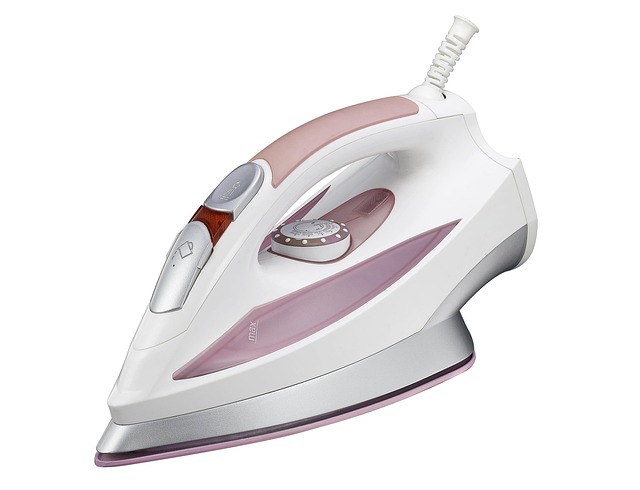Understanding Lint and How to Remove It
Lint shows up on clothes, furniture, and fabric after washing or regular use. Learning about lint helps us understand why it appears and how to keep fabric looking neat. This article explains what lint is, where it comes from, and simple ways people can clear it using everyday items. Readers will also see how different tools work to keep clothes and fabrics looking fresh and clean.

What Causes Lint Buildup on Fabrics?
Lint formation is a natural process that occurs through regular use and washing of fabrics. Several factors contribute to lint accumulation, including the type of fabric, washing techniques, and even the environment. Cotton, wool, and synthetic blends are particularly prone to lint production as their fibers break down over time. During the washing and drying process, these loose fibers detach and either stick to the fabric surface or collect in your dryer’s lint trap. Additionally, certain fabrics like towels and flannel naturally shed more fibers, especially when new. Understanding these causes helps develop effective lint removal tips and prevention strategies for different fabrics.
How to Remove Lint from Clothes Effectively
Removing lint from clothing requires different approaches depending on the fabric type and the severity of lint buildup. For daily maintenance, lint rollers provide quick and convenient removal, particularly for wool coats and dark clothing. For more stubborn lint, dampening your hands slightly and running them over the fabric can pick up loose fibers effectively. When dealing with delicate fabrics, a clean soft-bristled brush used in gentle, downward strokes can remove lint without damaging the material. For widespread lint on multiple garments, adding a cup of white vinegar to the rinse cycle helps loosen fibers and prevent static cling that attracts lint. Properly sorting laundry by fabric type and color also significantly reduces lint transfer between garments.
Essential Lint Removal Tools for Different Surfaces
Various specialized tools make lint removal more efficient across different surfaces. Traditional lint rollers with adhesive sheets work well for clothing and small areas but can become costly with frequent replacement. Reusable lint brushes offer an eco-friendly alternative, using microfiber or velvet surfaces that naturally attract lint without adhesives. For larger fabric surfaces like upholstery, fabric shavers and electric lint removers are particularly effective, using small blades to cut away pills and collected lint without damaging the underlying fabric. Pumice stones work exceptionally well on sturdy fabrics like wool, gently removing lint through friction. For delicate fabrics, fine-mesh lint brushes provide gentle yet effective cleaning power without risking damage to the material.
Fabric Care Tips to Prevent Lint Formation
Prevention is often more effective than treatment when it comes to lint management. Washing clothes inside out significantly reduces lint formation and collection on visible surfaces. Using fabric softeners moderately helps minimize static that attracts lint, though overuse can create a coating that actually attracts more lint over time. Properly maintaining your washing machine and dryer by regularly cleaning lint traps and filters prevents lint recirculation. For new garments that typically shed more lint, washing them separately for the first few cycles helps prevent transfer to other clothing. Storing seasonal clothes properly in breathable garment bags also reduces lint accumulation during extended storage periods and protects them from environmental dust.
Cleaning Lint from Upholstery and Home Textiles
Upholstery presents unique challenges for lint removal due to larger surface areas and often more textured fabrics. For routine maintenance, vacuum attachments with brush heads effectively remove surface lint from sofas and chairs. For embedded lint on upholstery, a clean lint roller or wide packing tape wrapped around your hand with the adhesive side out works well for targeted areas. Microfiber cloths slightly dampened with water can pick up stubborn lint from textured upholstery when rubbed in one direction. For valuable or antique upholstered pieces, consider using a soft bristle brush specifically designed for furniture to avoid damaging delicate fabrics. Home textiles like curtains benefit from regular gentle shaking outdoors and occasional steam cleaning to refresh fibers and release trapped lint.
Comparing Effective Lint Removal Products
Finding the right lint removal tool depends on your specific needs and the types of fabrics you’re treating. Here’s a comparison of common lint removal products available in the market:
| Product Type | Average Price Range | Best For | Limitations |
|---|---|---|---|
| Adhesive Lint Rollers | $3-$8 | Quick touch-ups on clothing | Requires replacement sheets |
| Electric Fabric Shavers | $10-$25 | Removing pills and heavy lint | Requires batteries or power source |
| Reusable Lint Brushes | $8-$15 | Eco-friendly daily use | Less effective on heavy lint buildup |
| Pumice Stones | $5-$10 | Wool and sturdy knits | Can damage delicate fabrics |
| Microfiber Lint Gloves | $7-$12 | Gentle removal from delicates | Limited effectiveness on heavy buildup |
| Professional Lint Removal Kits | $15-$30 | Multiple fabric types | Higher initial investment |
Prices, rates, or cost estimates mentioned in this article are based on the latest available information but may change over time. Independent research is advised before making financial decisions.
Understanding proper lint removal techniques not only improves the appearance of your clothing and home textiles but also extends their lifespan. Regular maintenance using appropriate tools for different fabric types prevents excessive buildup that can make even quality items look worn and unkempt. By implementing preventative measures in your laundry routine and having the right lint removal tools on hand, you can efficiently manage lint and maintain the fresh, clean appearance of your fabrics for years to come.




